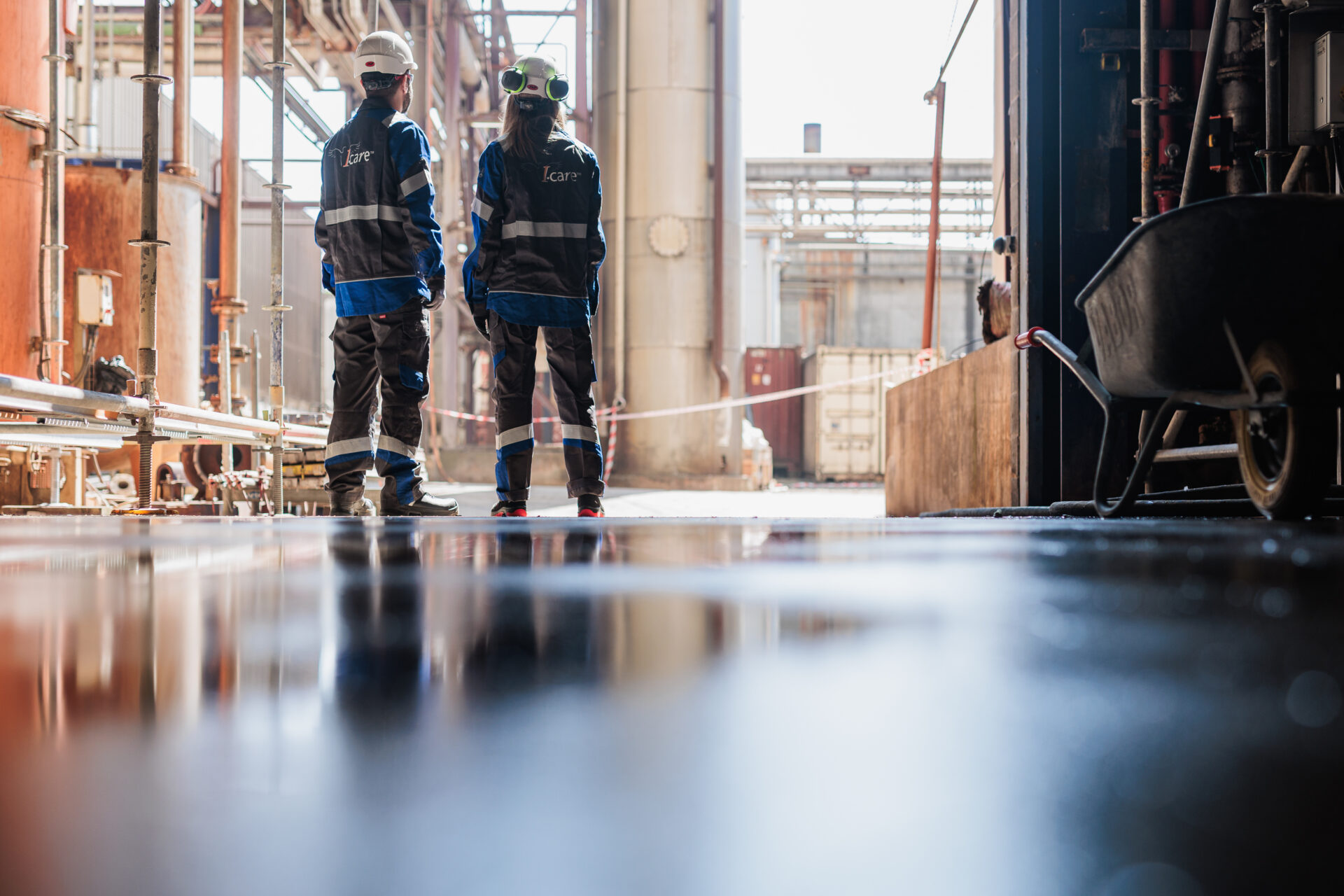In the race to adopt predictive maintenance (PdM), many companies focus on systems integration, sensors and capturing the right data. However, many organization leaders are surprised to learn that their employees are the biggest hurdle to PdM.
While having the right tools and technologies is essential, outdated mindsets can prevent businesses from unlocking the full potential of their PdM processes, even if they outfit their facilities with the latest tech.
Transitioning from a traditional maintenance model to a predictive one changes everything.
What was once a closed-loop world in which the same technician ran the same route with familiar tools is now a collaborative environment. PdM involves IT, data analysts, procurement and even the C-suite. This shift has major implications for your team.
The Human Side of Predictive Maintenance
Legacy systems aren’t the real issue; it’s legacy organizations.
Old-school people, processes and silos that don’t adapt as quickly as the technology can hold your business back. The seasoned mechanic who has spent decades walking the floor now has to sit at the table with IT specialists. Engineers must coordinate with procurement to ensure that sensors are compatible.
Suddenly, everyone who’s accustomed to staying in their lane now has to come together and collaborate. PdM combines data, strategy and operations, but it also slows implementation because people become unsure of their roles and uncomfortable with change.
With that in mind, you need to get your team involved early in the PdM initiative. Talk to them about what’s happening and why. You need to build trust and address their concerns about change head-on.
When Data Leaves the Plant
One of the most disruptive shifts involves where the data lives. Traditionally, maintenance insights existed in the minds of operators — after all, they’re familiar with how every piece of equipment should work and sound. They even know the idiosyncratic clinks and hums of machines.
But in the PdM world, data has to move beyond the plant. It’s uploaded to cloud platforms and analyzed by people who may have never set foot on the factory floor. Some of your maintenance team members may find it hard to embrace this shift because it can feel like they’re losing ownership of their equipment and route.
What’s Next for PdM?
Predictive maintenance is becoming the gold standard for industrial organizations. The rapid advancement of AI and machine learning is making PdM even more effective at detecting anomalies and providing diagnostic insights.
As these tools become increasingly autonomous, the human element becomes even more important. The future of PdM is hybrid — it will be composed of smart machines and empowered people.
How Your Organization Can Make the Shift
If your team is starting its PdM journey, don’t just focus on tech readiness. Focus on people readiness.
If you aren’t sure where to begin, I-care can help. Our experts use a holistic approach that reshapes company culture by empowering your teams with cutting-edge equipment and proven best practices. Contact us to schedule a consultation.
